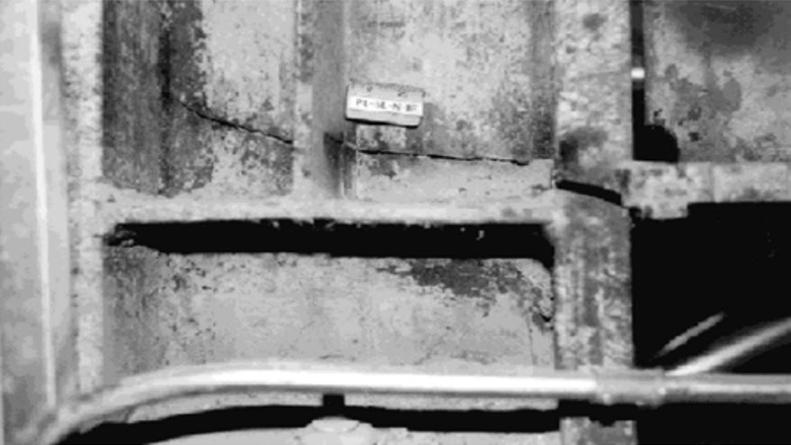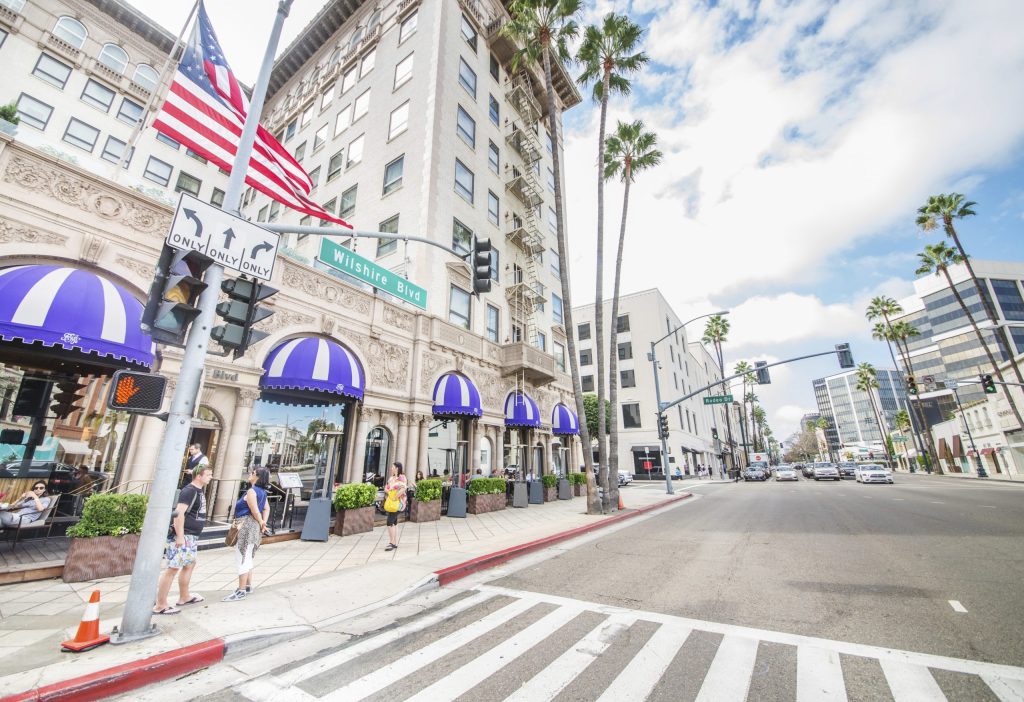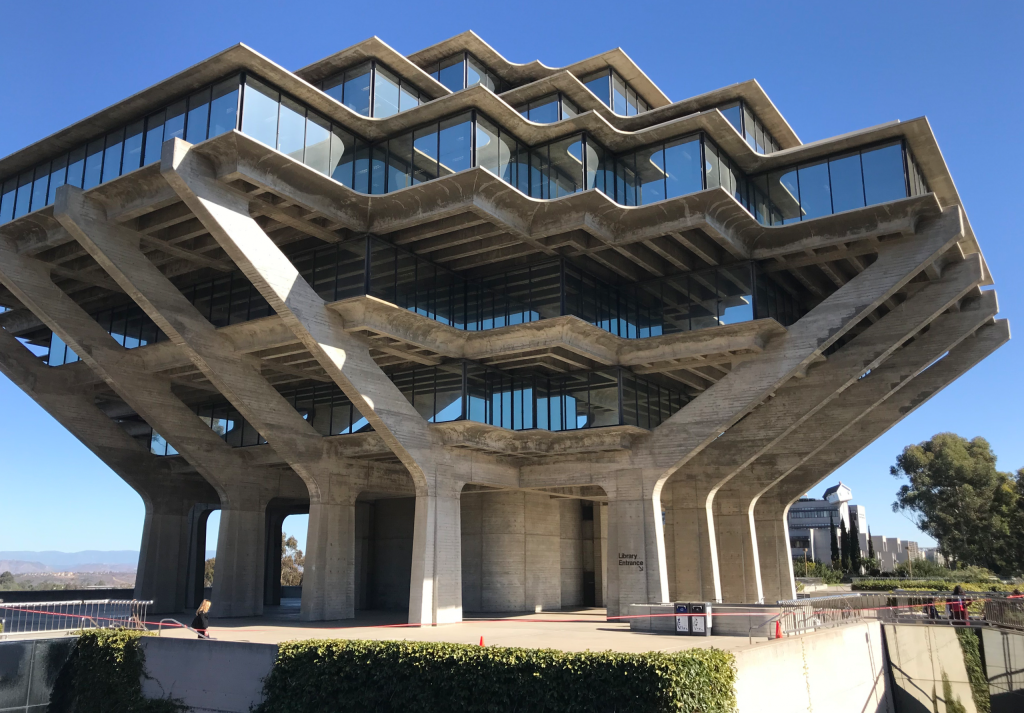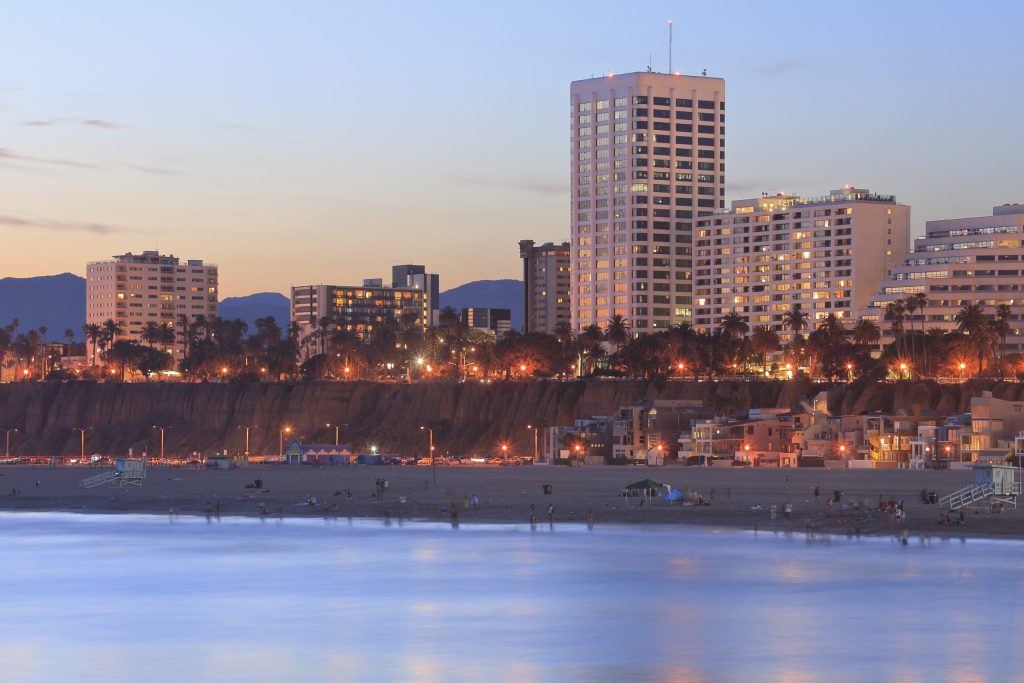ABOUT THIS PROJECT
What is a pre-Northridge steel moment framed building?
During the 1994 Northridge Earthquake in the Los Angeles area, many steel moment-resisting frame structures experienced unexpected brittle damage to their beam-to-column connections. Steel moment frames resist lateral earthquake loads primarily through bending of the beams and columns so the joint between these two elements becomes critical in their performance. Experts discovered that these buildings suffered from a wide range of flaws resulting from shortcomings in established design and construction procedures, including poor basic connection geometry, poor connection welding materials, and inadequate quality control, among other factors. Some column fractures were even observed in several buildings at the beam-to-column connections.
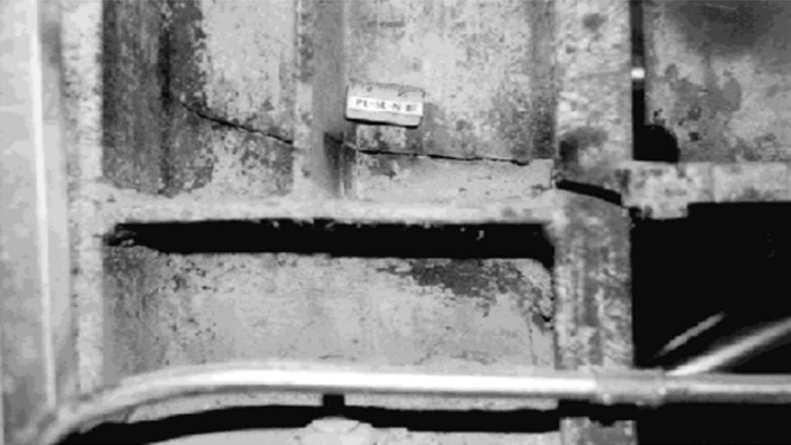
Many of these buildings have not been retrofitted and may be susceptible to similar severe structural damage or even building collapse in a major earthquake. Since the Northridge Earthquake, building code revisions have changed the way these buildings are designed, detailed, and the way quality control during construction is performed to ensure the steel moment frames perform as intended
Am I mandated to evaluate my building? How do I know if my building has pre-Northridge Moment Frames?
Most mandatory pre-Northridge steel moment frame ordinances apply only to existing steel moment frame buildings that were built under building code standards enacted before December 1995. After this date, emergency building code requirements were enacted to revise design and construction practices with this steel connection type. In most cases, a licensed engineer will need to review original structural plans or observe the connection detail to determine if a particular connection is considered to be pre-Northridge. Each ordinance has explicit rules on which buildings are mandated to be evaluated. Some ordinances exclude some residential structure types or buildings where the steel moment frame is a secondary system. Check with your local ordinance and building department for a specific list.
What are the steps to get my building evaluated? Who can evaluate my building?
Once you receive a notice from your local building department, the next step is to hire a civil or structural engineer licensed in the State of California to complete a building checklist within the required timeframe, typically only a couple of years. Each building department has specific evaluation criteria that will help determine if your steel building consists of a moment frame system constructed with an older standard. Often the detailing, geometry and weld of the connection can be used to determine if the connection is pre-Northridge timeframe. Degenkolb Engineers has many highly qualified licensed engineers to perform building evaluations and design building retrofits. Please contact Daniel Zepeda for more information.
What is next if my building is found to have Pre-Northridge steel moment frames?
There are several options if your building is found to be a pre-Northridge moment frame building, all of which require a submittal of information to the building department within the required timeframe. These include:
- Providing proof that a previous retrofit was completed to a previous standard noted by the building department (not common)
- Hiring an engineer to provide seismic retrofit plans for your building for the local building department review and acceptance. The goal of the retrofit would be to bring the non-compliant building up to the performance standard of the ordinance.
- Hiring a contractor to perform construction in accordance with the approved retrofit plans or submitting plans to demolish the non-compliant building
What does/can a retrofit look like?
Every pre-Northridge moment frame building is unique and retrofit strategies can vary based on overall building size, number of stories, and level of deficiency of the connection. Some retrofit strategies could be as simple as strengthening the connection locally while others may involve the addition of a new lateral system or dampers to supplement the inadequate steel moment frames. We recommend working closely with a licensed structural engineer and architect to determine a retrofit strategy that works for you. Degenkolb has many relationships with well-qualified architects to assist with developing a retrofit strategy with us. Please contact Daniel Zepeda for more information.
How long do I have to retrofit my building?
Most ordinances give more than a decade of time to retrofit your building to comply with the ordinance. This would include completion of construction and inspection by the local building department. Check with your local building department for required timeframes and any necessary steps to obtain a retrofit building permit.
What is the cost to retrofit a building? What happens to my tenants?
The cost of the retrofit will be dependent upon the final design submitted by the engineer and approved by the local building department. A licensed contractor will be able to assist with providing construction cost estimates and expected construction schedules based on the submitted plans. Tenants will need to be notified of the retrofit and its associated impacts per the ordinance guidelines. Depending on the retrofit, some tenants may need to be displaced during construction. Each ordinance and city have specific plans in place to assist both owners and tenants during a mandatory seismic retrofit. Degenkolb Engineers has great relationships with several highly qualified contractors that can assist with this effort. Please contact Daniel Zepeda for more information.
